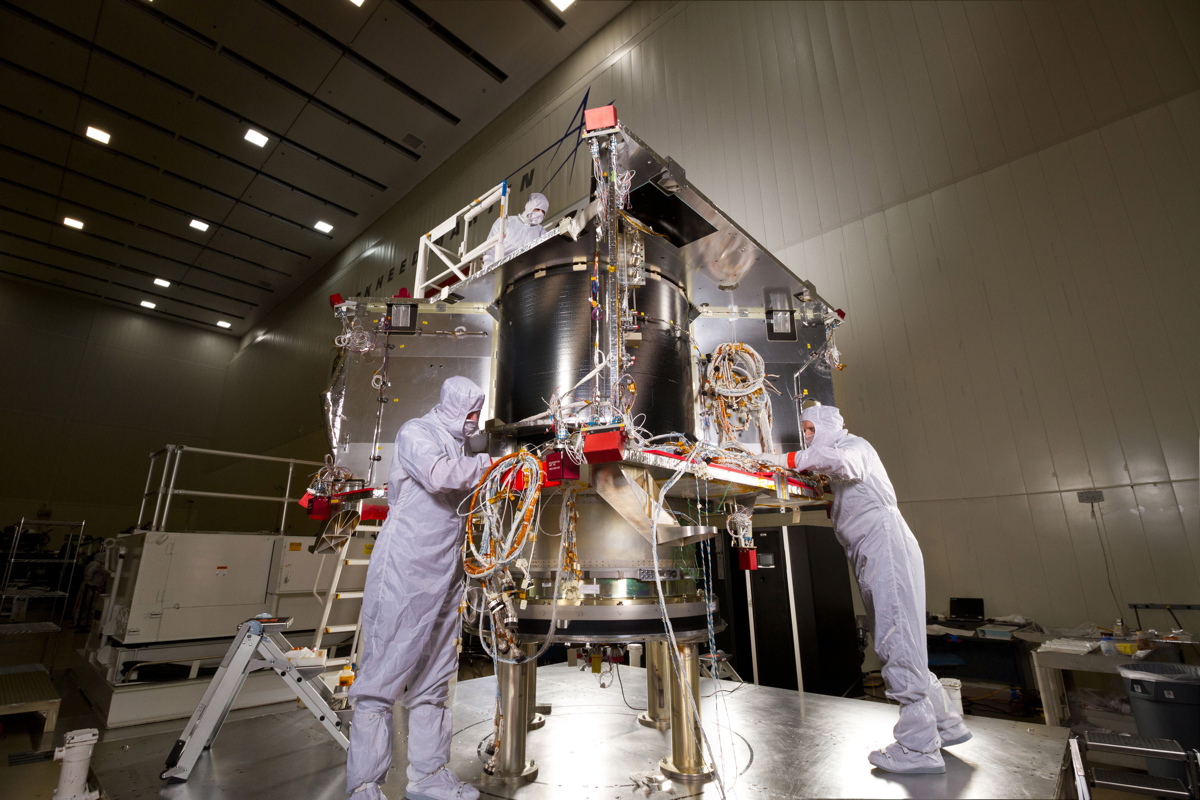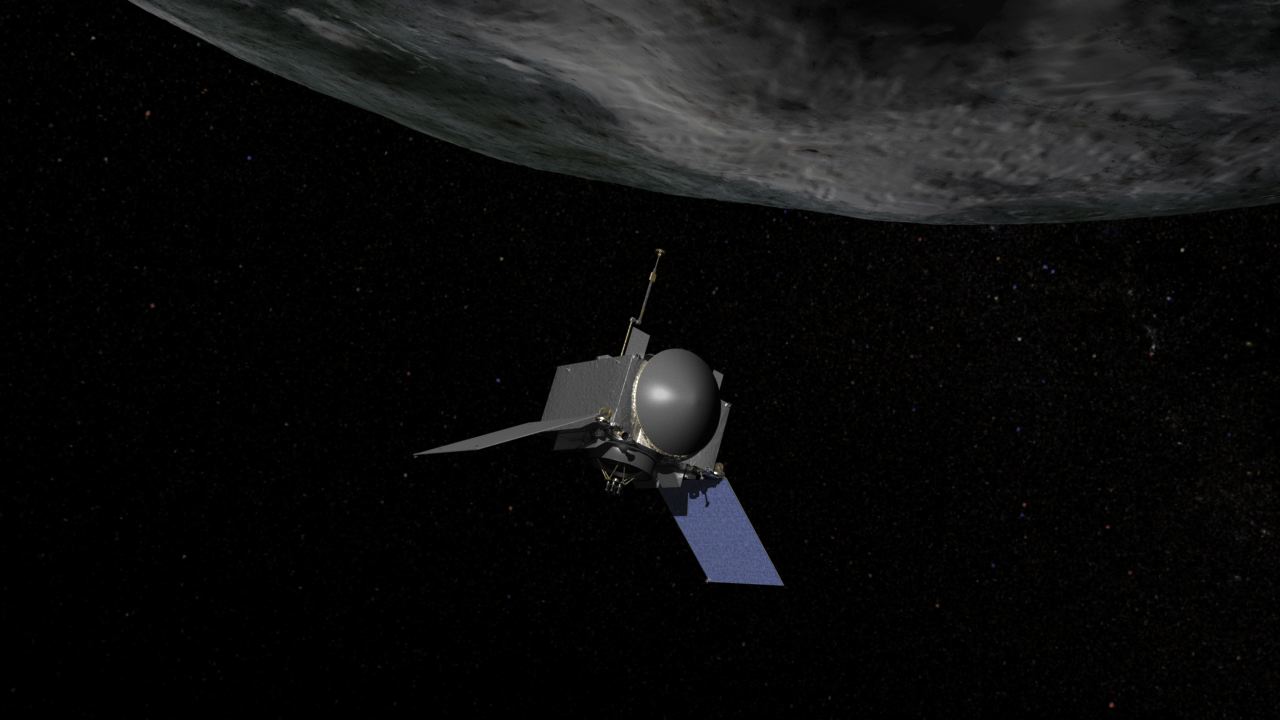
The NASA spacecraft that will snag pieces of a near-Earth asteroid a few years from now is starting to come together.
NASA's Osiris-Rex mission has passed a crucial milestone, moving from the design and development phase to the spacecraft-building stage, agency officials announced Monday (March 31).
"This is an exciting time for the Osiris-Rex team," mission principal investigator Dante Lauretta of the University of Arizona said in a statement. "After almost four years of intense design efforts, we are now proceeding with the start of flight-system assembly. I am grateful for the hard work and team effort required to get us to this point." [NASA's Osiris-Rex Mission in Pictures]
Osiris-Rex, whose name is short for Origins Spectral Interpretation Resource Identification Security Regolith Explorer, is scheduled to launch in September 2016. If all goes according to plan, the robotic probe will rendezvous with a 1,650-foot-wide (500 meters) asteroid named Bennu in 2018, grab at least 2.1 ounces (60 grams) of space rock material and bring the sample back to Earth in 2023.
The mission aims to shed light on the solar system's early days and how Earth came to possess the carbon-containing building blocks of life, NASA officials have said. Bennu is a potentially hazardous asteroid, so Osiris-Rex could also have planetary-defense applications.
Osiris-Rex's just-met milestone, called Key Decision Point-D (KDP-D), is a type that comes after a series of independent reviews into a mission's finances, schedule and technical aspects.

The KDP-D meeting was held Sunday (March 30) at NASA Headquarters in Washington, D.C., agency officials said. Aerospace firm Lockheed Martin, which is building the Osiris-Rex spacecraft for NASA, began assembly operations in Denver on March 27.
Get the Space.com Newsletter
Breaking space news, the latest updates on rocket launches, skywatching events and more!
Over the next six months, Lockheed Martin technicians will install many subsystems on Osiris-Rex's spacecraft "bus," including its avionics, power and telecommunications systems and the mission's five scientific instruments. The probe should be ready to begin environmental testing this fall, Lockheed Martin representatives said.
Osiris-Rex will be the first U.S. asteroid-sampling mission, but the not the first one worldwide: Japan's Hayabusa spacecraft collected pieces of the asteroid Itokawa and returned them to Earth in 2010. The nation's Hayabusa 2 mission, another sample-return effort, launched in December 2014 toward a space rock called 1999 JU3 and is expected to reach the asteroid in 2018.
NASA is also developing its Asteroid Redirect Mission, which aims to pluck a boulder off a large asteroid and drag the piece into lunar orbit, where it can be visited by astronauts. ARM's current schedule calls for the robotic capture probe to launch in 2020, and for the first astronaut visit to come in 2025.
Follow Mike Wall on Twitter @michaeldwall and Google+. Follow us @Spacedotcom, Facebook or Google+. Originally published on Space.com.
Join our Space Forums to keep talking space on the latest missions, night sky and more! And if you have a news tip, correction or comment, let us know at: community@space.com.

Michael Wall is a Senior Space Writer with Space.com and joined the team in 2010. He primarily covers exoplanets, spaceflight and military space, but has been known to dabble in the space art beat. His book about the search for alien life, "Out There," was published on Nov. 13, 2018. Before becoming a science writer, Michael worked as a herpetologist and wildlife biologist. He has a Ph.D. in evolutionary biology from the University of Sydney, Australia, a bachelor's degree from the University of Arizona, and a graduate certificate in science writing from the University of California, Santa Cruz. To find out what his latest project is, you can follow Michael on Twitter.









